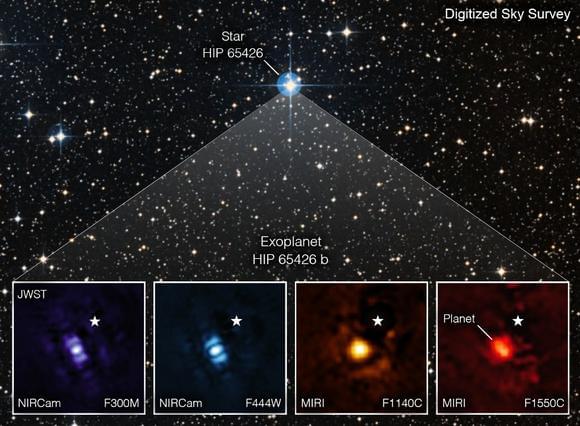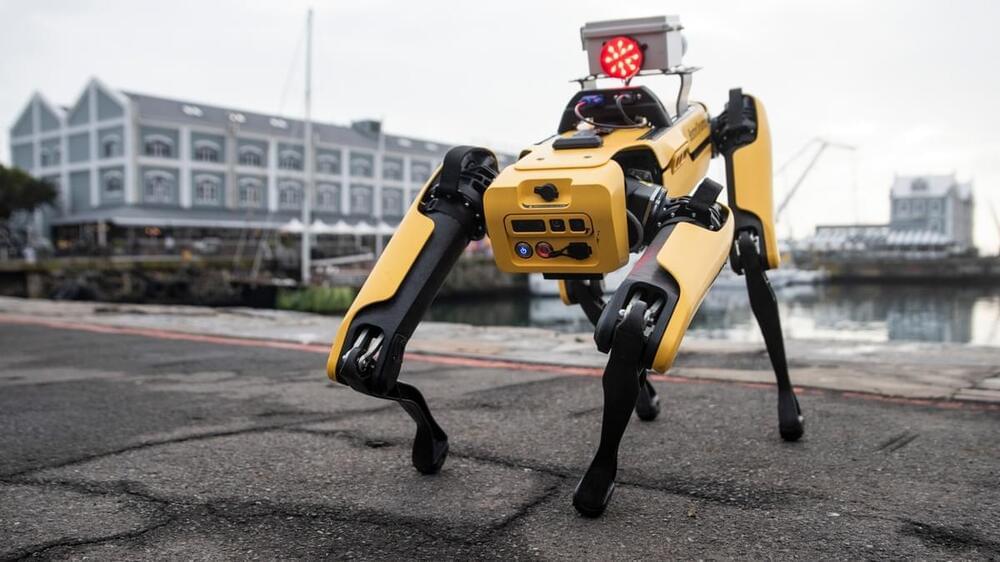Two big players in computing and research are trying to lay the groundwork for a future quantum internet.
Amazon Web Services (AWS) is teaming up with Harvard University to test and develop strategies for networking together quantum technologies. Their partnership was announced today, and is a continuation of AWS’ goals to create a communications channel between the quantum computers that it is also working on in parallel.
During the three-year research alliance, funding from Amazon will support research projects at Harvard that focus on quantum memory, integrated photonics, and quantum materials, and help upgrade infrastructure in Harvard’s Center for Nanoscale Systems.


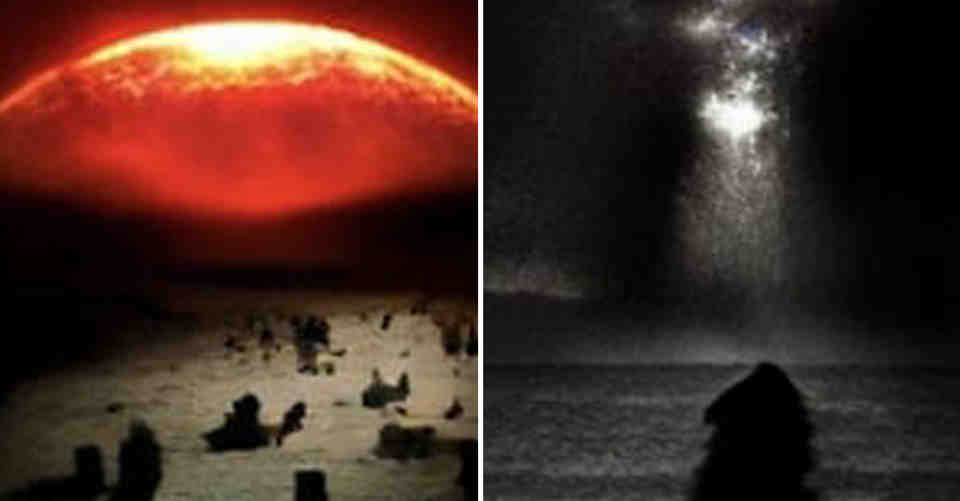
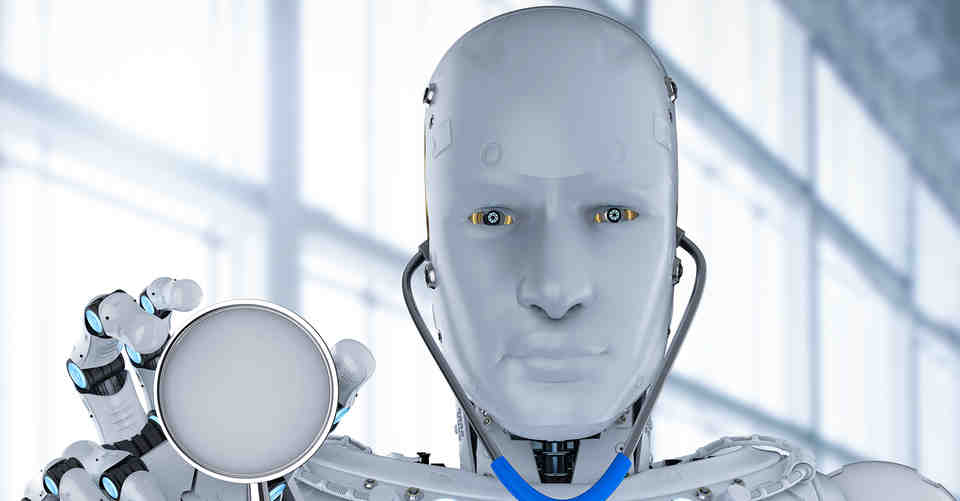
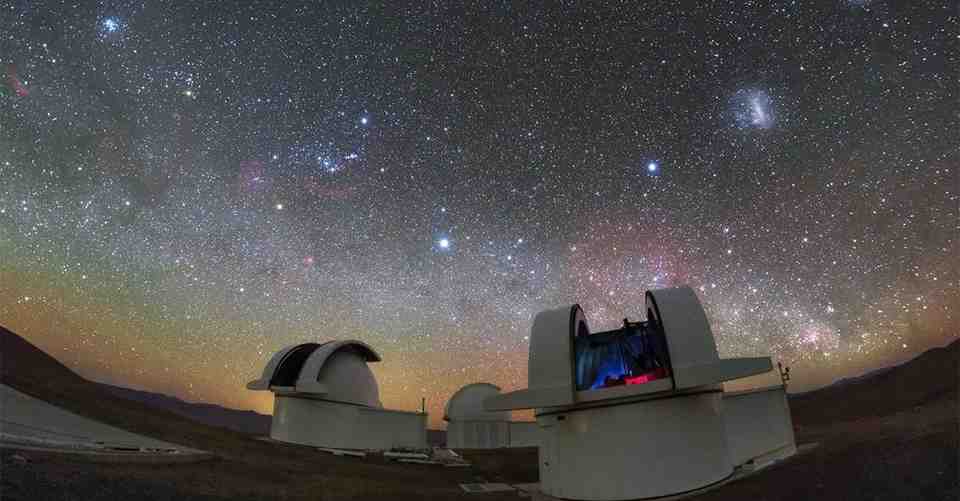

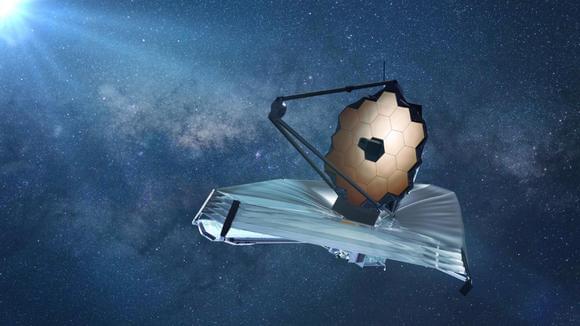 The James Webb Space Telescope launched on Christmas Day in 2021 Credit: Alamy
The James Webb Space Telescope launched on Christmas Day in 2021 Credit: Alamy 